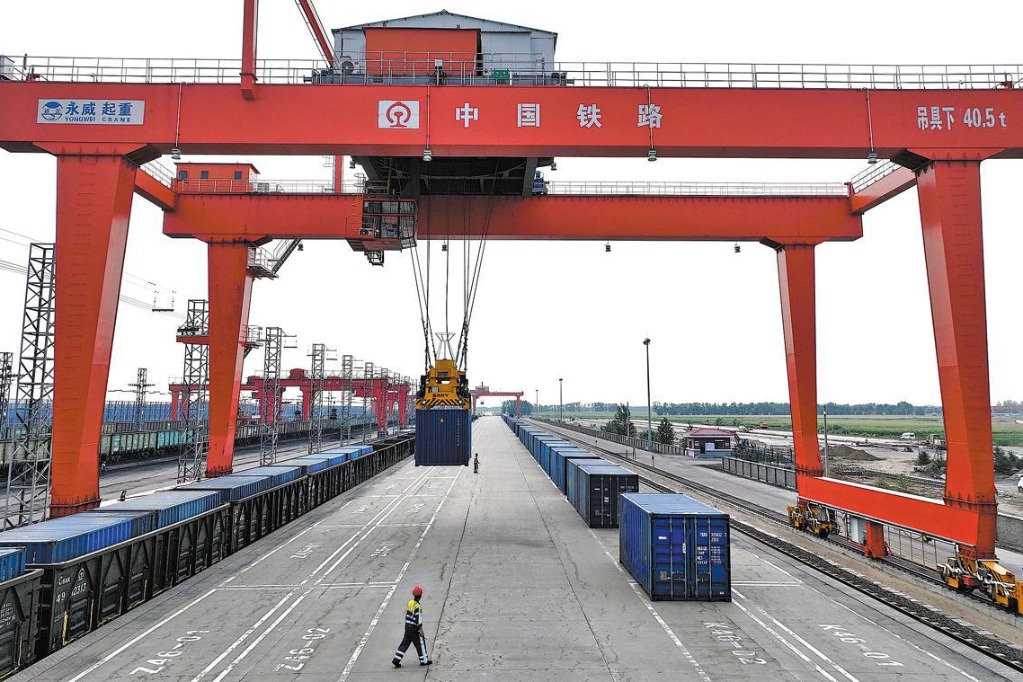Questions hang over key US economic data
Amid declining worker productivity, payroll figures come under scrutiny

Concerns are growing in the United States over declining productivity in the workforce, a trend that appears to be deepening amid a low unemployment rate.
The Bureau of Labor Statistics, or BLS, reported on Aug 9 that nonfarm business productivity fell 4.6 percent in the second quarter after dropping even more-7.4 percent-in the first quarter.
Against this backdrop, US employers added 528,000 jobs in July and the unemployment rate dropped to 3.5 percent, tying a 50-year low reached just before the onset of the pandemic in early 2020.
Jan Hatzius, chief economist at Goldman Sachs, has questioned those numbers, saying there is "a possibility that the current jobs numbers are too large".
The jobs report counts payrolls, not people working. So a person working two part-time jobs is counted twice, for each job.
More people than ever now have two jobs, according to the BLS, and that could be a sign of how people are being stretched by inflated prices for food and energy.
In June, 426,000 people worked a 70-hour week, according to the bureau.
While more people are working and being paid more, if that doesn't translate into more output, then eventually it could have an impact on a country's standard of living.
"A country's ability to improve its standard of living over time depends almost entirely on its ability to raise its output per worker," Paul Krugman, a columnist for The New York Times, wrote in his book The Age of Diminished Expectations.
While the Federal Reserve has been regularly increasing interest rates to get persistently high inflation under control, higher costs are showing up in the workplace.
"The trend in productivity growth has worsened compared to prior to the pandemic, and the surge in unit labor costs makes the Fed's challenge of getting inflation back down to its 2 percent target all the more challenging," Wells Fargo economist Sarah House said in a research note.
Rising interest rates
So far this year, the US central bank has increased rates four times from near zero in March to a range of 2.25-2.5 percent in an attempt to increase borrowing costs.
Current unit labor costs-the ratio of hourly compensation to labor productivity-increased 10.8 percent in the second quarter of 2022, the most in 40 years, according to the BLS. That breaks down to a 5.7 percent increase in hourly compensation and a 4.6 percent decrease in productivity.
"Declines of this magnitude are not sustainable-scorching labor costs will eventually lead to hiring freezes and outright layoffs unless there is a strong growth rebound. Increased recession odds suggest the former is more likely than the latter," wrote Bloomberg economists Yelena Shulyatyeva and Eliza Winger.
As for what is behind the productivity drop, workers moving from job to job could be one reason.
"The job-hopping enabled by the intense competition for workers could be one factor," the CFO website reported.
Another sector hurt by a worker shortage is small business.
"Hiring has never been harder for small business owners," said Bill Dunkelberg, chief economist of the National Federation of Independent Business. "The labor shortage remains frustrating for many small business owners as they continue to manage inflation and other economic headwinds."
A survey by the federation showed that 49 percent of small businesses had unfilled openings in July.
From the same quarter a year ago, nonfarm business sector labor productivity decreased 2.5 percent, reflecting a 1.5 percent increase in output and a 4.1 percent increase in hours worked.
Today's Top News
- Fight against corruption makes China different
- China's path to gender equality hailed as model
- New measures to advance global women's cause
- Innovation, huge market buffer uncertainties
- Palestinians and Israelis cheer reunions as hostages released
- Gaza ceasefire deal signed in Egypt's Sharm el-Sheikh






























